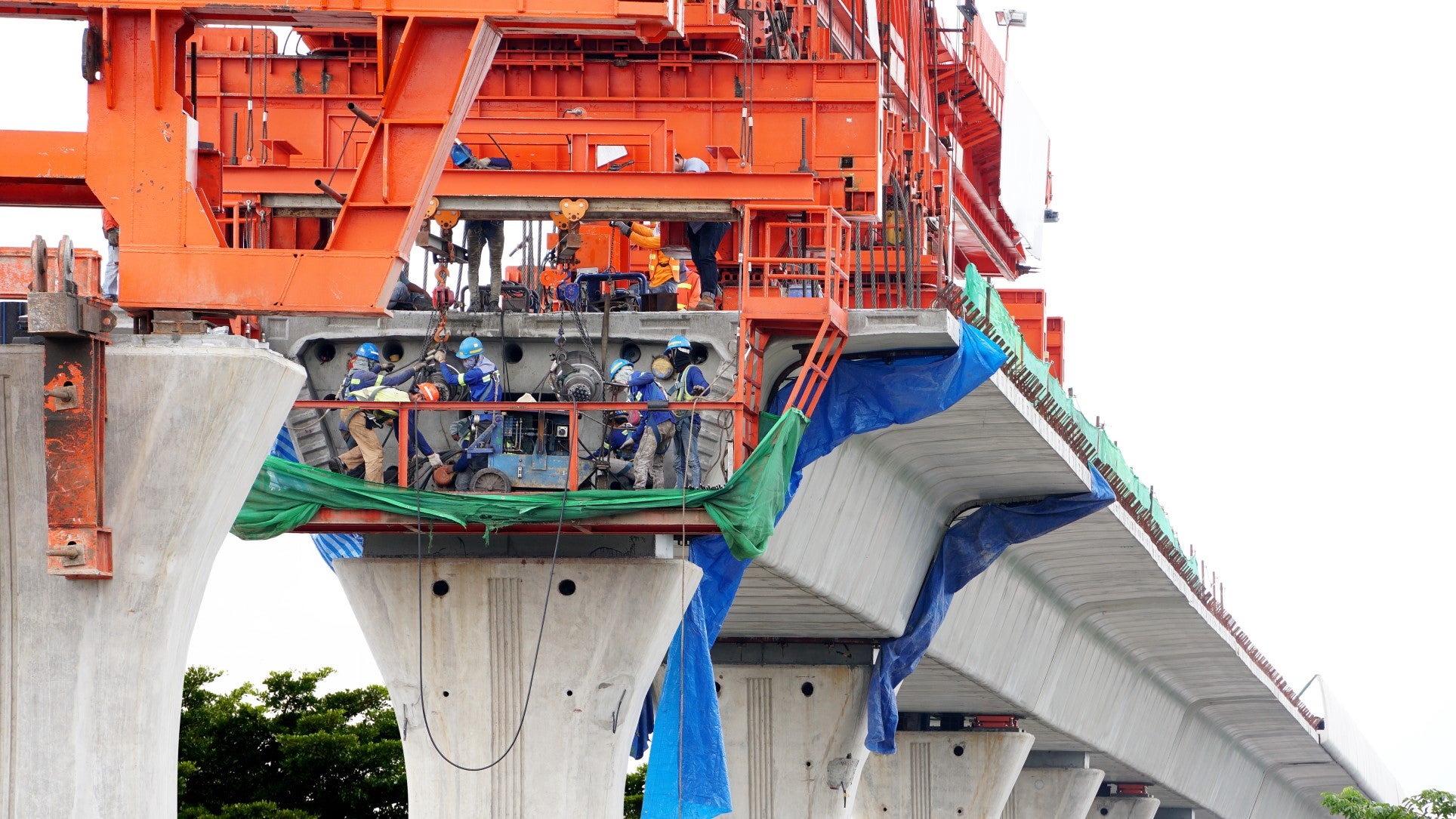How sustainable infrastructure can decide Peru’s future

Last March, Peru experienced extreme weather conditions in the north of the country. This resulted in numerous physical, economic and human losses with costs associated at over US$3 billion, or 0.5% of GDP.
Planning for reconstruction, the country found itself at a crossroads: it could focus solely on meeting immediate construction needs or rebuild with a long-term vision. The latter option, to adapt the new infrastructure to the uncertainty of weather conditions, represents an opportunity to incorporate sustainability in highways, bridges, water distribution and management systems, as well as to leverage public-private partnerships and rebuild Peru’s economy to compete in the global market.
The government of Pedro Pablo Kuczysnki has launched a reconstruction plan called “Reconstruction with Changes” which has two phases. The first seeks to invest up to US$3 million in immediate reconstruction and resettlement. The second, projected to last five years, focuses on the development of modern, climate-resilient public works that represent an additional investment of US$6 billion.
A private sector opportunity
A large part of infrastructure losses is absorbed by private markets, and for this reason the private sector has a lot to gain from reconstruction. For example, a new highway can allow products to reach their markets more quickly, lowering the cost of doing business for companies.
The private sector not only benefits from reconstruction. It could also be part of its development. Estimates from the World Economic Forum suggest that for every dollar of public capital that is mobilized to close the infrastructure gap, five dollars of private capital should be mobilized. However, financing alone is not enough.
Key tools for reconstruction
IDB Invest (formerly known as Inter-American Investment Corporation), the IDB Group’s private sector arm, has experiences in technical assistance that can serve as a reference for Peru. In Mexico’s Port of Manzanillo, we found ways to adapt the design of the port to unpredictable weather conditions. This included ensuring reforestation and measuring the port’s carbon emissions. We made sure that the terminal operators have the tools and training necessary to replicate the environmental assessments every year.
We also use the Envision methodology, developed by Harvard University’s Zofnass Program for Sustainable Infrastructure and the Sustainable Infrastructure Institute. The methodology focuses on quality of life, leadership, resource allocation, the natural world and climate, and risk. The tool has helped our clients measure sustainability, particularly during project planning and design phases.
Environmental and social safeguards promote minimum quality in infrastructure investments. In June 2014, during the review of a loan to a local cement plant, our environmental models predicted atypical rains in Asunción, Paraguay. Our environmental specialists needed a contingency plan. When flooding occurred, the plant mitigated damage although there were some construction delays. The project’s sponsor recognized the importance of the environmental safeguard measures and invested in additional water studies, new internal routes with barriers and protected storage facilities.
[clickToTweet tweet="For every dollar of public capital in #infrastructure, US$5 of private capital should be mobilized" quote="For every dollar of public capital that is mobilized in infrastructure, five dollars of private capital should be mobilized" theme="style1"]
Corporate governance safeguards and attention to integrity also strengthen infrastructure sustainability. Although Latin America is a middle income region, two-thirds of its countries fall in the bottom half of Transparency International’s “corruption perception index.” According to this organization, 26% of Peru’s population has been the victim of corruption. IDB Invest maintains the highest standards of integrity, and we are confident that with our support for the RCC we will reduce this rate.
Finally, investments in sustainable infrastructure can attract institutional investors. Investing in socially and environmentally responsible companies is increasingly considered a fiduciary responsibility and a means for increasing the value of company assets over the long term. We have witnessed the interest of such investors when we presented sustainable and bankable investments. The Reventazón hydroelectric dam in Costa Rica and the Campo Palomas and Colonia Arias wind farms in Uruguay have been pioneer projects in attracting financing from local institutional investors. In Peru, we seek to leverage local money and our capacity to advise public-private partnerships to attract more local stakeholders.
This is a critical moment, but Peru is well positioned to convert its losses into opportunities. Investments in sustainable infrastructure are the only guarantee for building a more inclusive, less vulnerable, and more competitive future in the 21st century.
LIKE WHAT YOU JUST READ?
Subscribe to our mailing list to stay informed on the latest IDB Invest news, blog posts, upcoming events, and to learn more about specific areas of interest.
Subscribe


